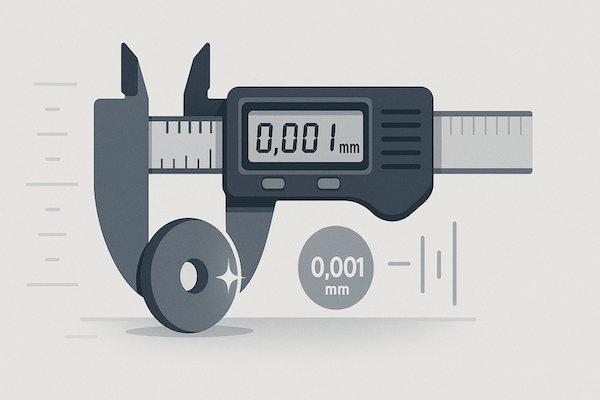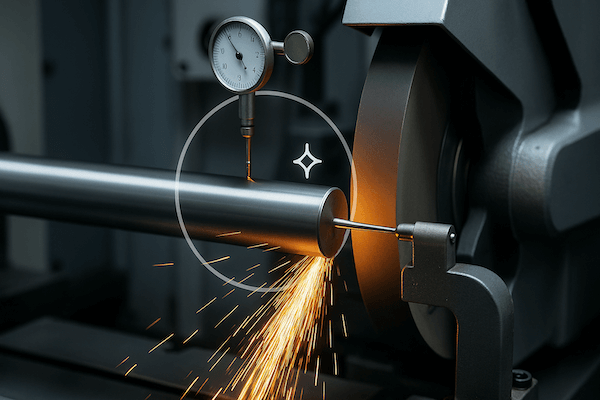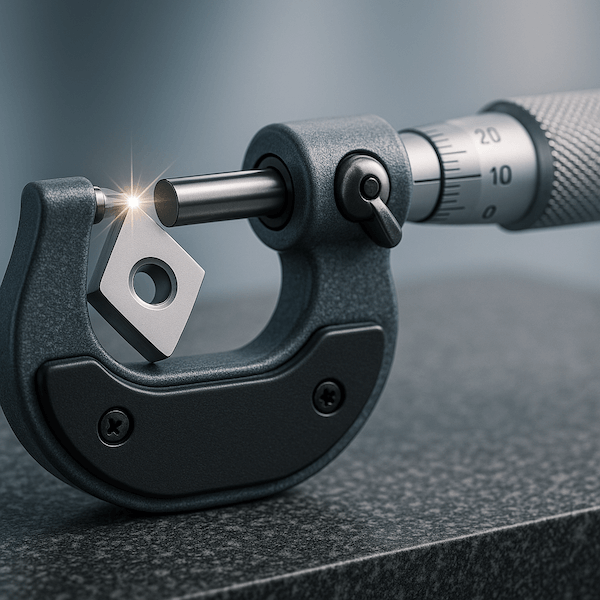
정밀 측정은 현대 제조의 초석이며 특히 생산 및 품질 관리에 있어서 그렇습니다. 텅스텐 카바이드 도구텅스텐 카바이드(WC)는 가장 단단하고 내마모성이 뛰어난 소재 중 하나로, 엄격한 공차, 치수 정확도, 그리고 표면 무결성이 필수적인 산업 분야에서 사용됩니다. 이 글에서는 정밀 측정이란 무엇이고, 초경 공구 산업에서 정밀 측정이 왜 중요한지, 그리고 최적의 성능을 보장하기 위해 어떤 방법들이 사용되는지 살펴봅니다.
초경 공구에 정밀 측정이 중요한 이유
1. 엄격한 허용 오차
텅스텐 카바이드 도구 금속과 같은 응용 분야에서 자주 사용됩니다. 절단, 금형 제작, 그리고 전자제품 제조업, 어디 허용 오차 ~처럼 꽉 ±0.001mm가 필요합니다. 정밀 측정을 통해 공구가 다음 사항을 충족하는지 확인합니다.
치수 사양(예: 직경, 두께, 테이퍼)
동심원성과 대칭성
형태 및 위치 공차
2. 도구 성능 및 마모 모니터링
정밀한 측정 기술을 사용하여 도구 마모를 정기적으로 검사하면 다음과 같은 효과가 있습니다.
공구 수명 예측
작동 중 갑작스러운 고장 방지
교체 일정 최적화
이는 특히 자동화된 CNC 가공이나 고속 생산 라인에서 매우 중요합니다.
3. 품질 보증 및 인증
정밀 측정은 다음과 같은 경우에 필수적입니다.
국제 표준(ISO, DIN, ANSI) 준수 보장
고객에게 검사 보고서 전달
특수 등급 카바이드 인서트 또는 절삭 날의 맞춤형 또는 복잡한 형상 확인
카바이드에 사용되는 일반적인 정밀 측정 도구
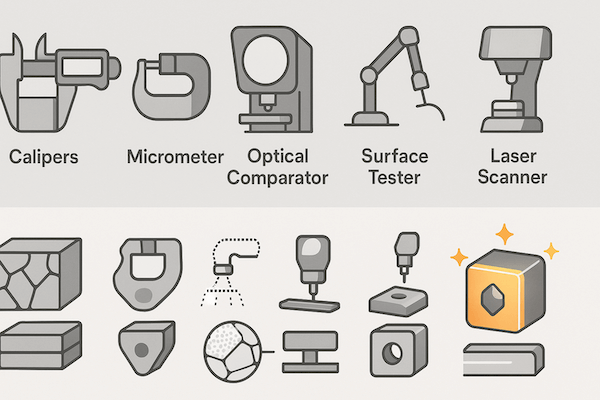
| 기구 | 목적 |
|---|---|
| 디지털 캘리퍼스 | 일반 치수(±0.01mm) |
| 마이크로미터 | 외경/내경 (±0.001 mm) |
| 프로파일 프로젝터(광학 비교기) | 모양, 반경, 각도 검사 |
| CMM(좌표측정기) | 3D 형태 및 위치 정확도 |
| 표면 거칠기 테스터 | 표면 마감 Ra, Rz(µm) |
| 레이저 스캐너/비전 시스템 | 소형공구 비접촉 검사 |
각 방법은 생산 배치 전체에서 일관성을 유지하는 데 중요한 역할을 합니다.
결론
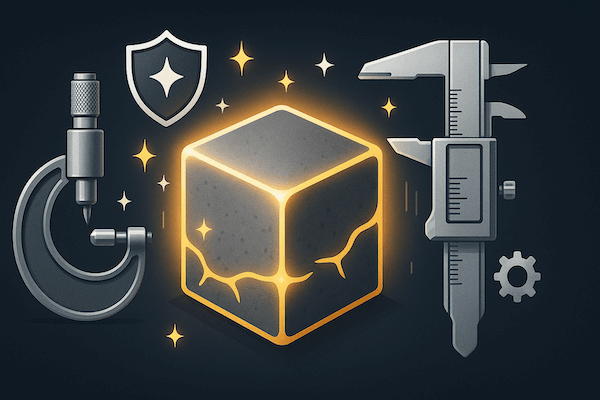
정밀 측정은 단순히 품질 검사 지점이 아니라 성능, 내구성 및 글로벌 경쟁력을 위한 핵심 요소입니다. 텅스텐 카바이드 공구 산업복잡한 형상, 초정밀 공차, 빠른 처리 시간에 대한 수요가 증가함에 따라, 초경 공구를 사용하는 모든 제조업체와 최종 사용자에게 정밀 계측에 대한 투자는 필수적입니다. 디지털 마이크로미터부터 CMM에 이르기까지, 적합한 공구는 모든 부품이 미크론 단위까지 설계대로 작동하도록 보장합니다.

